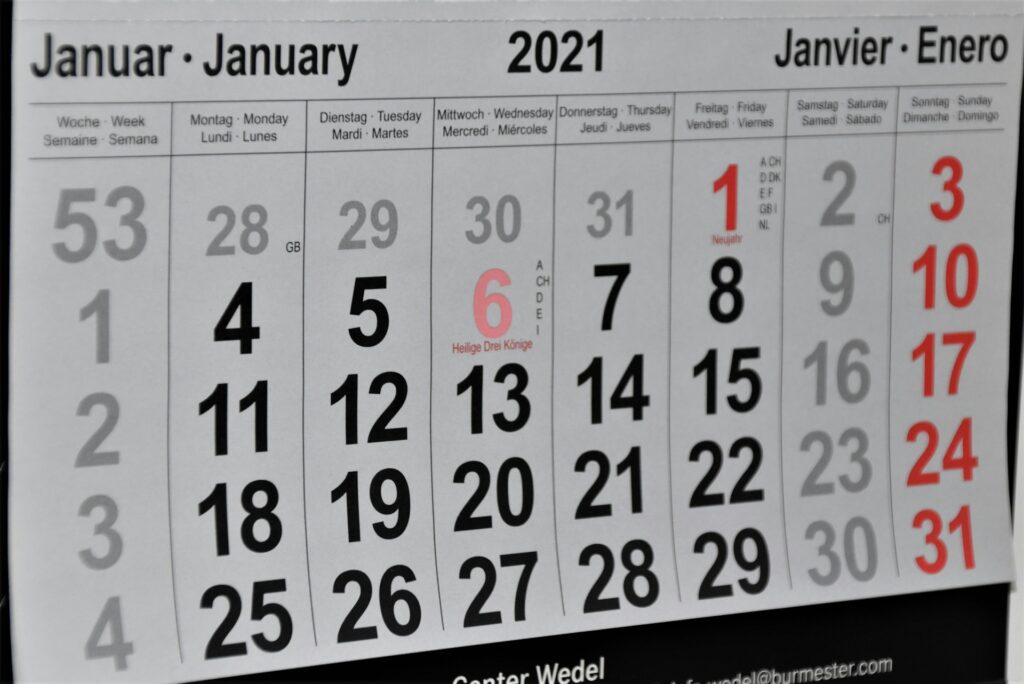
Understanding the Timeline for Wage Garnishment by Creditors
Wage garnishment by creditors is a legal way for them to collect money directly from your paycheck before you see it. When facing financial challenges, understanding the timeline for wage garnishment is crucial. This knowledge not only prepares you for what’s to come but also helps you navigate the process more effectively.
Initial Debt and Collection Attempts
The garnishment process typically begins when a person fails to make payments on a debt. Creditors will first attempt to collect the debt through phone calls, letters, and other means. This phase can last months or even years, depending on the creditor and the amount of debt.
Lawsuit and Judgement
If these attempts fail, the creditor may choose to file a lawsuit against the debtor. Once a lawsuit is filed, the debtor will be served with legal documents, and a court date will be set. It’s crucial that the debtor responds to the lawsuit; failing to do so may result in a default judgment in favor of the creditor.
Post-Judgment Phase
After a judgment is made, the timeline for wage garnishment can vary significantly. The creditor must first request an order for wage garnishment from the court. This order is then sent to the debtor’s employer, directing them to withhold a portion of the debtor’s earnings.
Time Required to Begin Garnishment
The actual time it takes from the judgment to the start of wage garnishments can vary by jurisdiction. Generally, it may take from a few weeks to a few months for the employer to start the garnishment. Variables include the speed with which the creditor moves to obtain the garnishment order and the employer’s responsiveness in implementing the court order.
Limitations and Protections
It’s important to note that there are limitations and protections in place for debtors facing wage garnishment. Federal law limits the amount that can be garnished from your wages to the lesser of 25% of your disposable earnings or the amount by which your weekly wage exceeds 30 times the federal minimum wage. Some states offer additional protections, often depending on the type of debt being collected.
How to Respond to Wage Garnishment
If you’re facing wage garnishment, there are steps you can take. Contacting the creditor to negotiate a payment plan may stop the garnishment process. Additionally, consulting with a legal professional can provide guidance tailored to your situation. In some cases, filing for bankruptcy might be an option to consider, as it can halt garnishment for most types of debts.
Conclusion
Understanding the timeline for wage garnishment by creditors helps individuals prepare and respond effectively to this challenging situation. By knowing what to expect and exploring all available options, debtors can better manage their finances and work towards resolving their debts.
